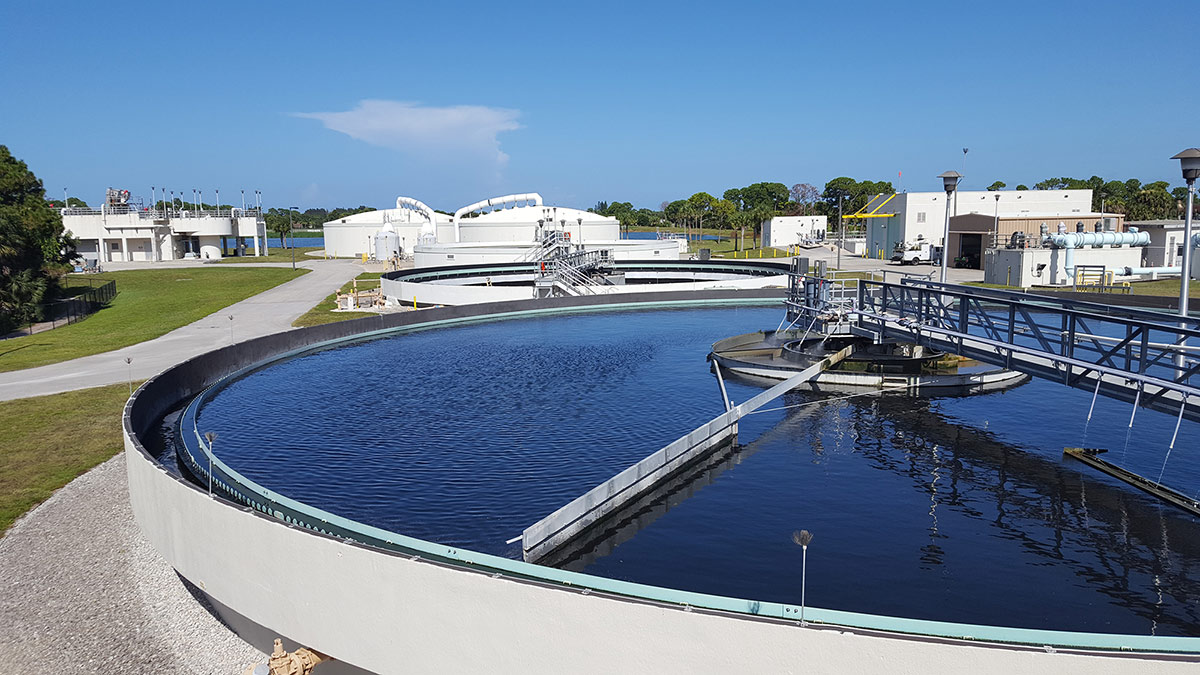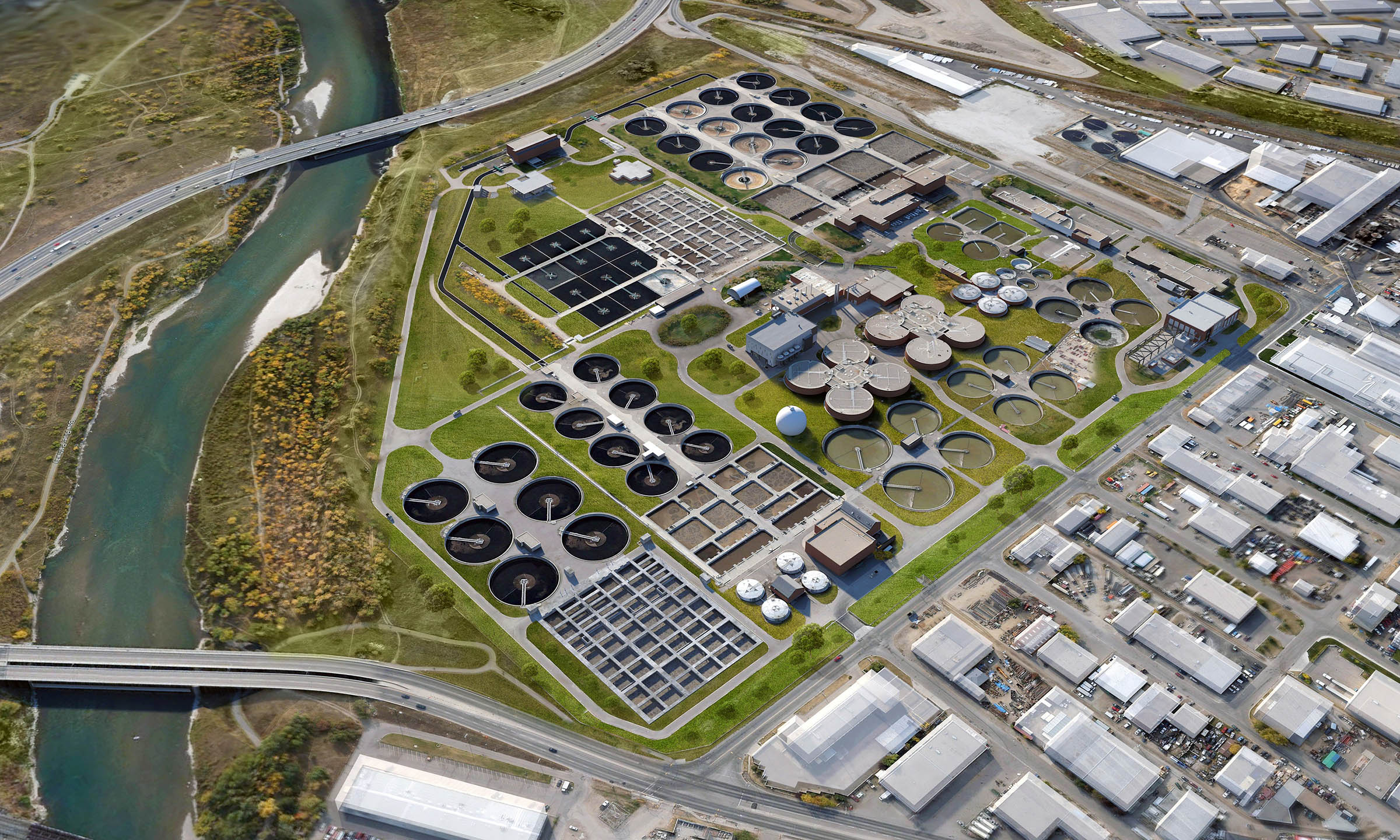Comprehensive Guide to Hazardous Waste Water Treatment Procedures
Comprehensive Guide to Hazardous Waste Water Treatment Procedures
Blog Article
Optimizing Drainage Treatment Procedures: Strategies for Improved Water High Quality and Source Recovery
In the realm of wastewater treatment, the mission for improving efficiency and sustainability through process optimization is an ongoing pursuit that holds immense importance. From innovative innovations to ingenious source healing techniques, the landscape of wastewater treatment is developing rapidly.
Importance of Process Optimization
Maximizing drainage therapy processes through precise process optimization is essential for maximizing efficiency and making certain ecological sustainability. By fine-tuning each step of the treatment procedure, from first consumption to final discharge, water therapy centers can accomplish higher degrees of pollutant removal, reduce power usage, and reduce the generation of waste by-products. Refine optimization includes evaluating key efficiency signs, such as hydraulic retention times, sludge retention times, and nutrient levels, to recognize areas for improvement and apply targeted options.
Effective process optimization not just improves the overall efficiency of waste water treatment plants yet likewise contributes to set you back savings and regulatory conformity. By enhancing processes, drivers can accomplish greater treatment abilities without the requirement for significant framework financial investments. Additionally, boosted therapy effectiveness results in cleaner effluent discharge, decreasing the environmental influence on getting water bodies and environments.

Advanced Treatment Technologies
In the world of waste water therapy, the application of advanced therapy innovations plays a critical role in improving the overall performance and efficiency of the therapy processes. These innovative innovations supply ingenious remedies to attend to intricate pollutants existing in wastewater streams, guaranteeing the elimination of pollutants to satisfy rigorous water quality requirements. Advanced therapy procedures such as membrane layer bioreactors, ozonation, advanced oxidation processes, and reverse osmosis allow the comprehensive elimination of contaminants, consisting of arising contaminants like pharmaceuticals and personal care products.
Additionally, these modern technologies help with resource recuperation by extracting important materials such as phosphorus, nitrogen, and energy from the wastewater. Progressed nutrient removal innovations can recover phosphorus and nitrogen for reuse in agricultural fertilizers, while power recuperation systems like anaerobic food digestion can harness biogas for electrical energy generation. By integrating sophisticated treatment technologies into wastewater therapy plants, drivers can enhance water quality, decrease environmental influence, and relocate in the direction of a more sustainable and resource-efficient method to wastewater management.
Source Recovery Strategies
Source recuperation strategies in wastewater therapy processes play an important function in taking full advantage of the utilization of beneficial sources contained within wastewater streams. These techniques objective to essence and reuse materials such as nutrients, energy, and water from the wastewater, transforming what was when thought about waste into important resources. One usual source recuperation strategy is the removal of nutrients like phosphorus and nitrogen from wastewater for reuse as plant foods or in commercial processes. Furthermore, power recovery methods such as anaerobic food digestion and biogas manufacturing assistance harness the energy potential of raw material in wastewater to produce power or warmth.
Water recuperation methods, such as membrane layer technologies and advanced filtering systems, allow the therapy and reuse of water for non-potable applications like watering or commercial procedures. By executing resource healing strategies in wastewater treatment plants, not just can useful resources be preserved and reused, but the total sustainability and efficiency of the treatment procedure can be substantially enhanced. As the concentrate on resource deficiency and environmental sustainability proceeds to grow, the importance of incorporating source recuperation techniques right into wastewater therapy procedures comes to be increasingly noticeable.
Sustainable Practices in Wastewater Treatment
Applying sustainable methods in wastewater treatment centers is essential for improving environmental stewardship and long-lasting functional performance. Lasting techniques in wastewater therapy include a variety of strategies intended at decreasing the environmental influence of therapy procedures while maximizing source healing. One key aspect of sustainable wastewater therapy is the implementation of energy-efficient technologies to lower the carbon impact of treatment plants. This can include using sustainable power sources such as solar or wind power, along with the optimization of existing processes to minimize energy consumption.
In addition, the adoption of advanced therapy innovations that advertise water reuse and recycling plays a vital role in lasting wastewater monitoring. By treating wastewater to a high criterion, it can be repurposed for various non-potable applications, such as watering, commercial processes, and even safe and clean water manufacturing in many cases. This not just conserves valuable freshwater resources however additionally minimizes the quantity of effluent discharged right into the webpage setting.

Case Researches on Effective Optimization
As wastewater treatment facilities progressively focus on sustainable practices, real-world instance research studies showcasing effective optimization approaches function as important designs for sector improvement. One such study focuses on the execution of sophisticated nutrient removal innovations in a community wastewater treatment plant. By incorporating biological nutrient removal processes and enhancing operational criteria, the center achieved substantial reductions in nitrogen and phosphorus degrees released into obtaining waters, eventually improving overall water high quality.
An additional noteworthy study involves the combination of anaerobic digestion systems in an industrial wastewater treatment plant to improve power recuperation and resource efficiency (Waste Water Treatment). Via the digestion of organic waste materials, the center not only produced biogas for energy production but additionally lowered the volume of sludge calling for disposal. This dual advantage not only enhanced the plant's sustainability performance yet also led to price financial savings
These successful optimization approaches show the capacity for wastewater therapy centers to achieve both economic and environmental benefits through innovative techniques and reliable processes. By discovering from these case researches, market professionals can further enhance their own operations to improve water top quality and resource recovery.
Final Thought
In conclusion, optimizing drainage therapy processes via advanced modern technologies, source recuperation methods, and lasting methods is essential for enhancing water high quality and making best use of source recovery. Waste Water Treatment. Instance researches have actually demonstrated successful execution of optimization methods in various wastewater therapy facilities. By remaining to focus on procedure optimization, we can guarantee efficient and reliable treatment of wastewater, inevitably resulting in a more environmentally friendly and sustainable strategy to managing water sources
By fine-tuning each step of the therapy procedure, from initial intake to last discharge, water treatment news centers can achieve higher levels of contaminant removal, lower power consumption, and reduce the generation of waste byproducts.In the realm of waste water treatment, the execution of advanced therapy technologies plays an essential function in improving the general performance and effectiveness of the therapy procedures. By integrating sophisticated therapy innovations into wastewater treatment plants, drivers can enhance water top quality, lower environmental effect, and move in the direction of a much more resource-efficient and sustainable strategy to wastewater administration.
By executing source healing techniques in wastewater therapy plants, not just can beneficial resources be saved and recycled, however the overall sustainability and efficiency of the therapy procedure can be dramatically enhanced. Lasting practices in wastewater treatment encompass a variety of techniques intended at minimizing the ecological effect of therapy procedures while making the most of resource recuperation.
Report this page